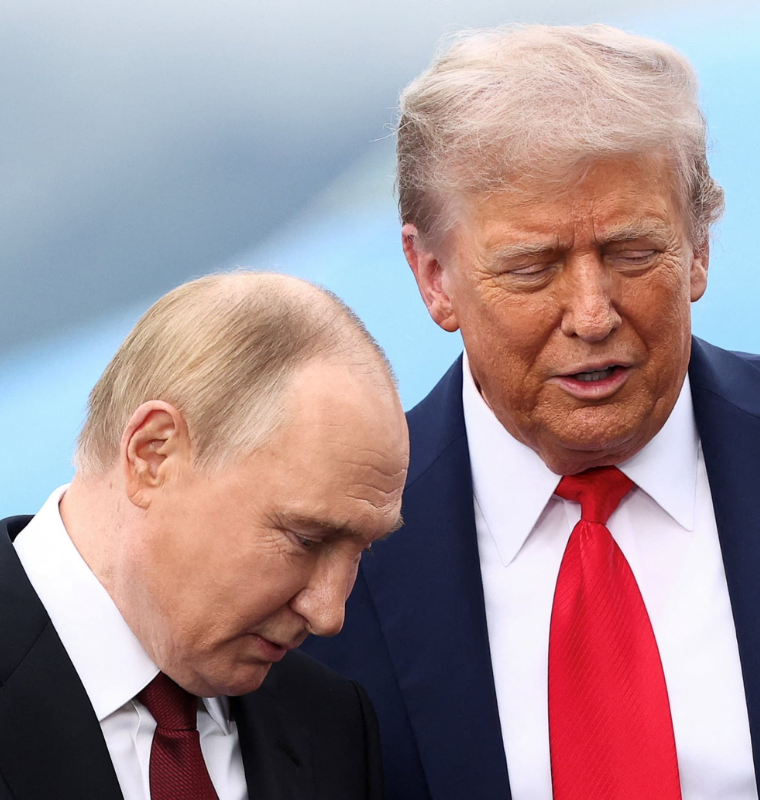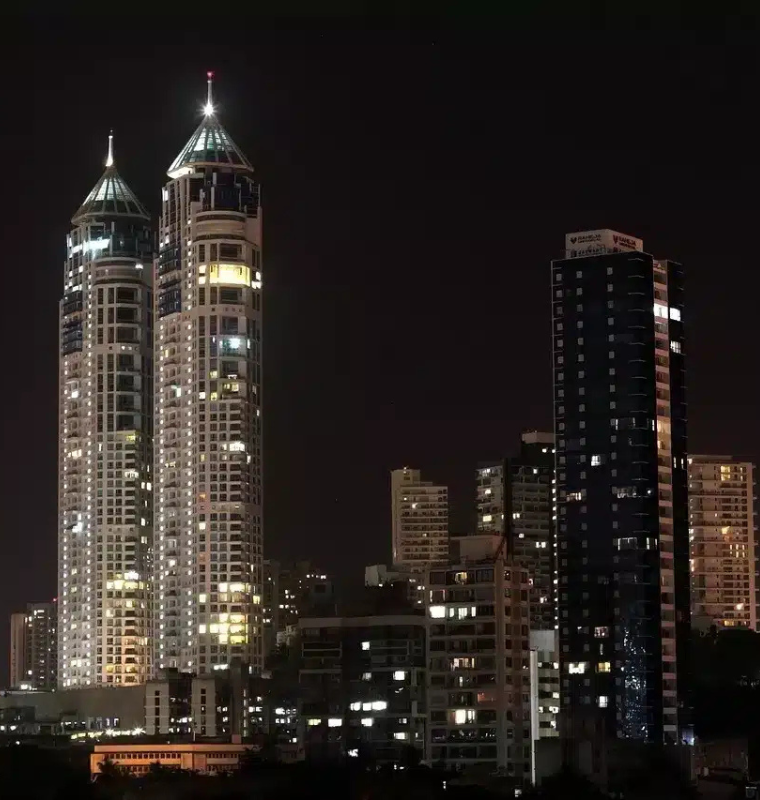China’s Manufacturing Contraction Deepens to Six-Month Low as Factory Activity Falters in October
China’s Manufacturing Contraction Deepens to Six-Month Low as Factory Activity Falters in October
By
Junia Wells
Last updated:
October 31, 2025
First Published:
October 31, 2025
.webp)
Photo: Bloomberg.com
Factory Activity Weakens Beyond Expectations
China’s manufacturing sector showed renewed signs of strain in October, contracting more sharply than analysts anticipated and hitting a six-month low. The official Manufacturing Purchasing Managers’ Index (PMI) fell to 49.0, missing economists’ forecasts of 49.6 in a Reuters poll and dropping from 49.8 in September, according to data from the National Bureau of Statistics (NBS).
A reading below 50 indicates contraction, and October’s figures mark the seventh consecutive month of decline for China’s factories — a worrying signal for policymakers as the world’s second-largest economy battles sluggish demand at home and persistent global uncertainty.
Sub-Indexes Point to Broader Industrial Slowdown
A closer look at the data reveals weakness across nearly all key components of the PMI. Sub-indexes for production, new orders, raw material inventories, and employment all fell deeper into contraction, suggesting that both supply and demand pressures are intensifying.
The decline in manufacturing coincided with an eight-day Golden Week holiday that ran from October 1 to 8, during which many factories temporarily halted production. Still, analysts argue that the downturn cannot be blamed on seasonal disruptions alone.
“The combination of softer global demand, lingering trade tensions, and domestic challenges continues to weigh on Chinese manufacturing,” said Huo Lihui, NBS chief statistician, noting the impact of an “increasingly complex international environment.”
Non-Manufacturing Sector Offers Only Modest Relief
While the manufacturing sector struggled, the non-manufacturing PMI, which covers construction and services, inched up to 50.1, showing mild expansion. Growth in air and railway transportation, hospitality, cultural, and entertainment sectors helped offset broader industrial weakness, boosted by increased holiday travel.
However, the overall composite PMI, which combines manufacturing and non-manufacturing activity, slipped to 50.0, its lowest level since December 2022, signaling stagnation across the broader economy.
Broader Economic Headwinds and Policy Pressures
China’s economy expanded by 4.8% in the third quarter, marking the slowest pace of growth in a year, as a prolonged property downturn and subdued consumer sentiment continue to drag on momentum. Data from Wind Information showed that fixed-asset investment unexpectedly contracted by 0.5% during the first nine months of 2025 — the first decline since 2020 — reflecting weak business confidence and underwhelming infrastructure spending.
Despite the slowdown, large industrial firms saw their profits jump 21.6% in October from a year earlier, the strongest gain in nearly two years. This rebound was driven by easing factory-gate price declines and government efforts to curb excessive competition and overcapacity, especially in sectors like electric vehicles, batteries, and solar panels.
Still, domestic demand remains fragile. A persistent property slump and soft labor-market conditions have limited household spending, with retail sales growth lagging behind pre-pandemic levels.
Trade Truce Brings Temporary Relief
Adding to the complex picture, China and the United States reached a tentative trade truce on Thursday after months of escalating tensions. The agreement includes the U.S. halving its 20% tariffs on China-linked goods related to fentanyl, while Beijing agreed to resume large-scale purchases of American agricultural products, including soybeans, and temporarily lift rare-earth export restrictions for one year.
The deal also introduced a one-year suspension of port docking fees between the two countries — a small but symbolic gesture toward easing trade friction.
However, analysts warned that the truce is fragile and incomplete, leaving core issues like technology transfers, market access, and Taiwan unresolved. “The trade agreement is a positive step, but it doesn’t change the underlying geopolitical rivalry,” said Zhiwei Zhang, president and chief economist at Pinpoint Asset Management. He expects China to maintain its current macro policies for the rest of the year, with more aggressive fiscal measures likely in early 2026.
Outlook: Stabilization Still Out of Reach
The latest data underscore the challenges China faces as it seeks to stabilize growth amid global headwinds, cooling exports, and cautious domestic consumers. Economists believe Beijing may need to roll out additional stimulus — including targeted lending support, infrastructure investment, and tax relief — to prevent a deeper industrial downturn.
For now, October’s disappointing PMI highlights a stark reality: China’s manufacturing engine is sputtering, and restoring confidence across industries and consumers remains one of the country’s toughest economic tests heading into 2026.
Popular articles
Subscribe to unlock premium content
The Business Behind Handcrafted Japanese Knives That Sell for Thousands

How Calm Turned Bedtime Stories Into a $1 Billion Wellness Empire

The Rise of AI Digital Pets as a Billion-Dollar Fantasy

The Business Behind Handcrafted Japanese Knives That Sell for Thousands

How Calm Turned Bedtime Stories Into a $1 Billion Wellness Empire

The Business Behind Handcrafted Japanese Knives That Sell for Thousands









